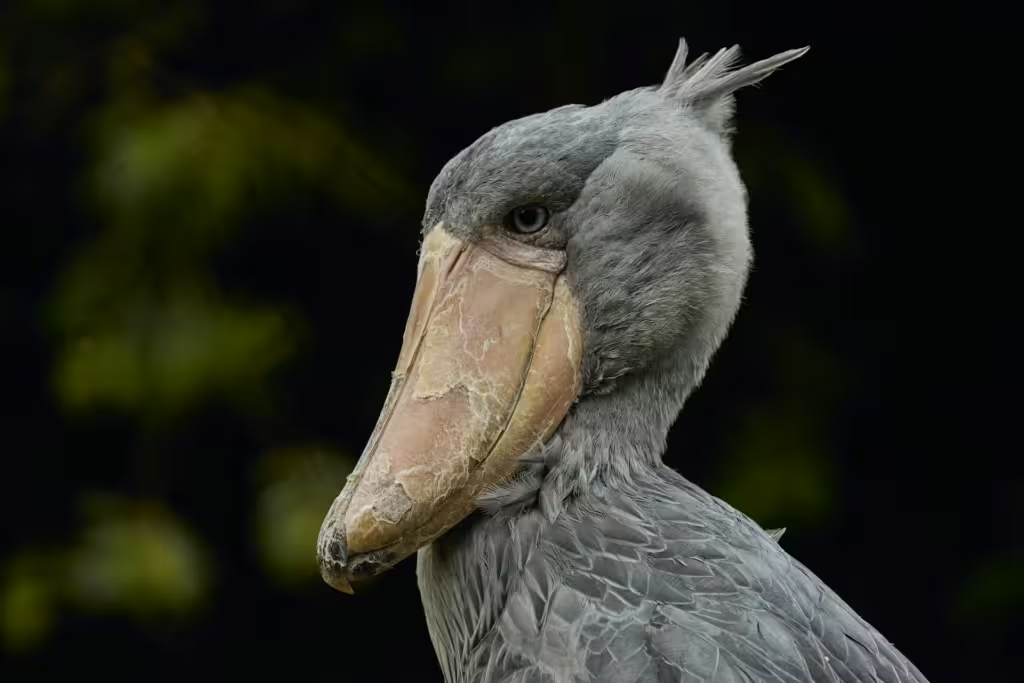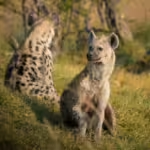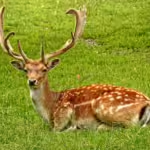When it comes to birds, most of us find ourselves focusing on the wings, the plumage, or in the case of raptors, the talons. But perhaps one of the most interesting aspect of birds, and one that is wholly unique to that piece of the animal kingdom, is the beak. Birds have evolved an astonishing variety of beak shapes and sizes. What’s interesting about beaks is that each and every one of them is uniquely adapted to the bird’s specific environment and dietary needs.
From powerful hooked beaks designed for tearing flesh to long, slender beaks specialized for probing the insides of flowers, birds have been designed to fit a wide array of ecological niches. These adaptations highlight the intricate relationship between avian species and the ecosystems they call home.
In this article, we will explores a number of bird species with uniquely evolved beaks. We will discuss their diets, ecology, and why each of the birds is essential to its respective ecosystem. We will also take a special look into the significance of Darwin’s finches, birds with a wide variety if beaks but which live in one place on the planet. By the end, we hope that readers will have a better understanding of evolution and how it relates to the amazing birds that share the planet with us.
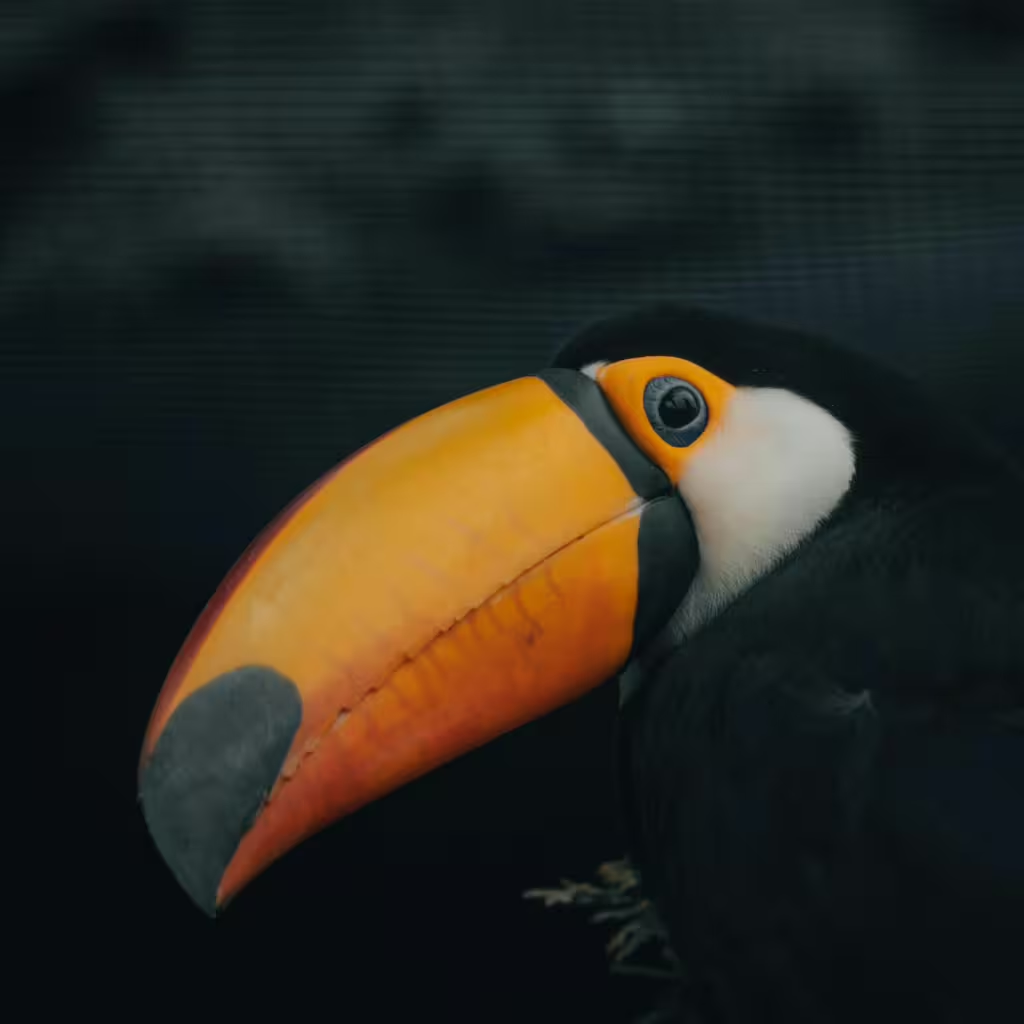
Birds with Specialized Beaks
Bald Eagle (Haliaeetus leucocephalus)
The bald eagle has been a symbol of strength and freedom to Americans for generations. This great bird of prey has a large, hooked beak designed for tearing into fish and ripping chunks of meat off carrion. Bald eagles are apex predators in their home ecosystems and having a sharp beak like that allows them to consume a variety of prey animals as well. In addition to fish, eagles have been known to dine upon waterfowl, reptiles, and small mammals. The strong, curved upper mandible of the bald eagles’ beak exerts significant pressure, which is what enables it to rip apart flesh quickly and efficiently.
It’s pretty obvious why an animal like the bald eagle would have such an adaptation. This type of beak ensures the raptor is able to survive and feed in diverse group of habitats, from coastal regions to rivers and lakes. By feeding on carrion, bald eagles act as nutrient recyclers. Even something as innocuous as “natural garbage picking” greatly contributes to the health of the eagles’ home ecosystems, reducing disease transmission among animal populations and preventing waste.
Keel-Billed Toucan (Ramphastos sulfuratus)
Known for their vibrant, oversized beaks, toucans are a very interesting subspecies of the avian family. The keel-billed toucan, in particular, has one of the most unique bills of any creature in the animal kingdom. Toucan bills have a surprisingly lightweight structure composed of keratin and internal air pockets, which explains why the toucan itself doesn’t just tip forward every time it sleeps. These bodacious beaks are perfectly suited for reaching and consuming fruits, which make up the vast majority of the bird’s diet.
As a result of their fruit fondness, toucans play a significant role in seed dispersal, helping to maintain biodiversity in the tropical rainforests they call home. What many people don’t know is that the beaks also serve as social tools, which are used in mating rituals and knocked about when engaging in territorial disputes. Despite their striking appearance and the valuable ecological purpose they serve, these birds face threats from deforestation and from those looking to domesticate them through the illegal pet trade.
Great Hornbill (Buceros bicornis)
The great hornbill’s enormous, curved beak has evolved to allow the bird to consume fruits, insects, nuts, and small animals. In addition to the bill itself, the great hornbill also has a prominent casque on top of its beak, which amplifies its calls and plays a role in mating displays. Like toucans, hornbills are crucial seed dispersers in tropical forests. This is because their beaks allow them to consume fruits whole and their digestive systems are designed so that they excrete the seeds. Where they fly, they poop, and where they poop, the seeds can grow, often far from the parent tree. This process helps biodiversity and ensures that trees don’t over compete for the same patch of land.
Moreover, this ecological role aids in forest regeneration, which makes hornbills a keystone species in their home ecosystem. Unfortunately, habitat destruction and hunting threaten the great hornbill’s continued survival, just as it has the toucan. The need for stringent, effective conservation efforts on the part of these birds is greater than ever.
American Woodcock (Scolopax minor)
The American woodcock is hardly the most popular bird on this list, but it’s long, flexible beak is a great example of animal evolution. This long beak is perfect for probing soft soil in search of earthworms and other insects, the woodcock’s favorite food. In addition to being aptly shaped, the tip of the woodcock’s beak contains sensory receptors that allow the bird to detect vibrations underground. This unique ability helps it to locate prey without the need of visual cues, so it can thrive in dense forests and wetland areas. As insectivores, woodcocks are vital in helping to control insect populations, thus maintaining the balance of their home ecosystems. The woodcock’s unique feeding behavior and camouflage plumage make them one of the most fascinating ground-dwelling birds in North America.
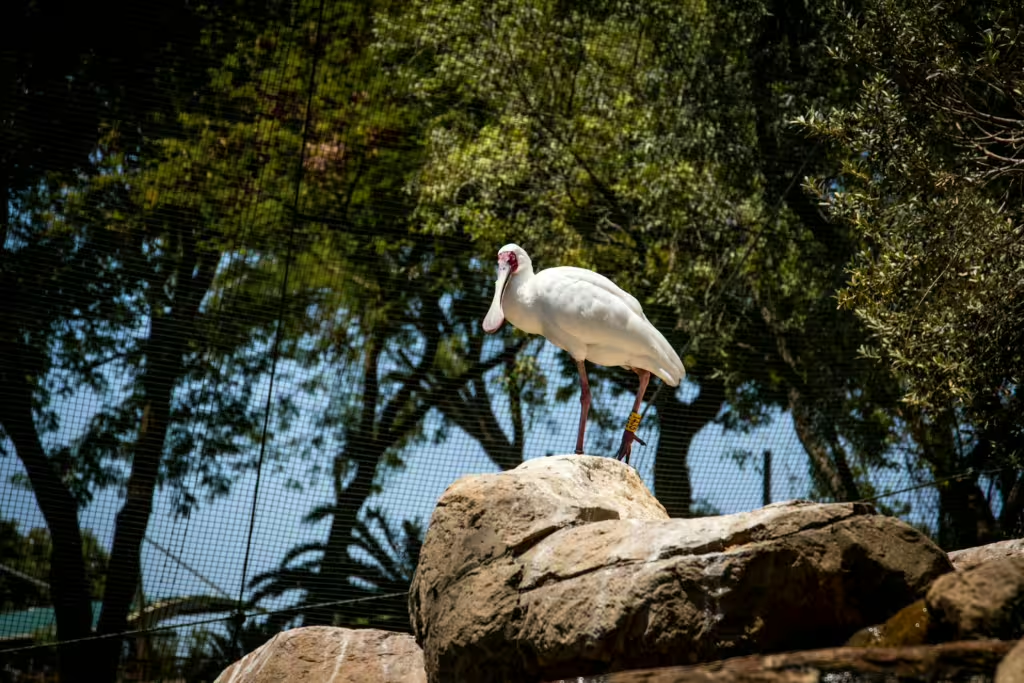
Roseate Spoonbill (Platalea ajaja)
The roseate spoonbill’s distinctive spatula-shaped beak is quite advantageous for an animal that forages for its meals in shallow, swampy waters. By sweeping its beak from side to side, the spoonbill can capture small fish, crustaceans, and aquatic insects with aplomb. The specialized shape of the bird’s titular beak allows it to efficiently sift through mud and water, making it a highly effective feeder in its wetland habitat. This species also plays a critical role in maintaining wetland ecosystems by controlling fish populations and promoting water health. However, habitat destruction and pollution are a double threat to these incurable birds.
Penguins (Spheniscidae)
Unlike most birds, penguins have evolved beaks that are perfectly suited for their aquatic lifestyle. If you have ever beheld a penguin’s beak, then you know what we’re talking about, but if you haven’t prepare to be amazing and a little sickened. The interior of a penguin’s beak is not smooth but lined with a rough array of backward-facing spines called papillae. These inner spikes help the penguin grab and hold onto the slippery prey they covet, while simultaneously preventing its escape. This adaptation allows the penguin to feed efficiently in the ocean, where it spends the majority of its life hunting fish, squid, and krill.
Penguins lie primarily in the Souther Hemisphere and because of their limited range, they are highly specialized. This also means that they play a crucial role in marine ecosystems, both regulating fish populations and serving as prey for larger predators. Seals and orcas, in particular, are very fond of penguin meat. such as seals and orcas. It should be noted that not all penguin beaks look the same, despite having similar internal structure. Each beak shape vary slightly depending on the animal’s diet; for example, species like the emperor penguin (Aptenodytes forsteri) have longer, more pointed beaks suited for catching fish, while species like the gentoo penguin (Pygoscelis papua) have shorter, stouter beaks for consuming tiny krill.
Climate change, overfishing, and habitat destruction are dangers to all marine creatures and penguins are not immune. These human-derived dangers pose significant threats to penguin populations, particularly those dependent on stable ice conditions. Nevertheless, conservation efforts, including marine protected areas and sustainable fishing practices, have become an essential means of safeguarding these unique birds and the delicate balance of their ecosystems.
Shoebill (Balaeniceps rex)
The shoebill is a somewhat enigmatic bird native to the swamps and wetlands of central tropical Africa. Aptly named for its massive, shoe-shaped beak, this bird is among the larger species present on this list and the most prehistoric-looking. The shoebill’s powerful beak, which can grow up to 9 inches (23 cm) in length, has evolved so that it can catch large prey such as fish, frogs, and even some reptiles. The hooked tip and sharp edges of the beak allow to grab onto slippery or wily prey and dispatch it quickly. Unlike many wading birds, the shoebill relies on a unique hunting technique called “collapse fishing.” This technique means that the bird must remains motionless for a time prior to the strike, before suddenly lunging forward to snatch its target up into its waiting beak.
Shoebills primarily inhabit freshwater marshes and swamps in Africa, where they play an important ecological role in regulating fish populations. Unfortunately, habitat destruction, drainage of swamps for agriculture, and hunting threaten their survival just as they do countless other wetland birds across the world. With an estimated population of fewer than 10,000 individuals, conservation efforts have become essential to protecting this unique species and its fragile wetland habitat.
Turkey Vulture (Cathartes aura)
The turkey vulture and its scavenger bird cousins out there, are vital to the environment because of the way they consume dead animals. In many ways, the turkey vulture is the most efficient of these, because they rarely hunt live prey at all, instead subsisting almost exclusively on carrion. This may be due to them possessing a highly specialized beak that is well adapted for consuming dead flesh.Though its beak is relatively weak, it is incredibly sharp, so it tears through decomposing flesh with ease. This adaptation allows the turkey vulture to clean up animal carcasses that would otherwise contribute to disease and decay in the its home ecosystems.
Another remarkable adaptation of the turkey vulture is its extraordinary sense of smell—unusual among birds—which helps the bird to locate its favorite carrion over vast distances. The turkey vulture’s large nostrils and highly developed olfactory bulbs enable it to detect the scent of decaying animals even from high in the air. This keen sense, combined with its impressive endurance and soaring flight capabilities, makes the turkey vulture a critical component of ecosystem health.
Fortunately for the turkey vulture, their population is stable enough at the moment for it not to be while they considered endangered. Somewhat unfortunately, these birds still face threats from poisoning (often through lead ingestion from hunted animals), as well as habitat destruction, and occasional collisions with vehicles. Protecting their habitats and reducing human-caused threats aren’t essential in the turkey vulture’s case, but they will help ensure that these fascinating birds continue to thrive as the MVP of nature’s cleanup crew.
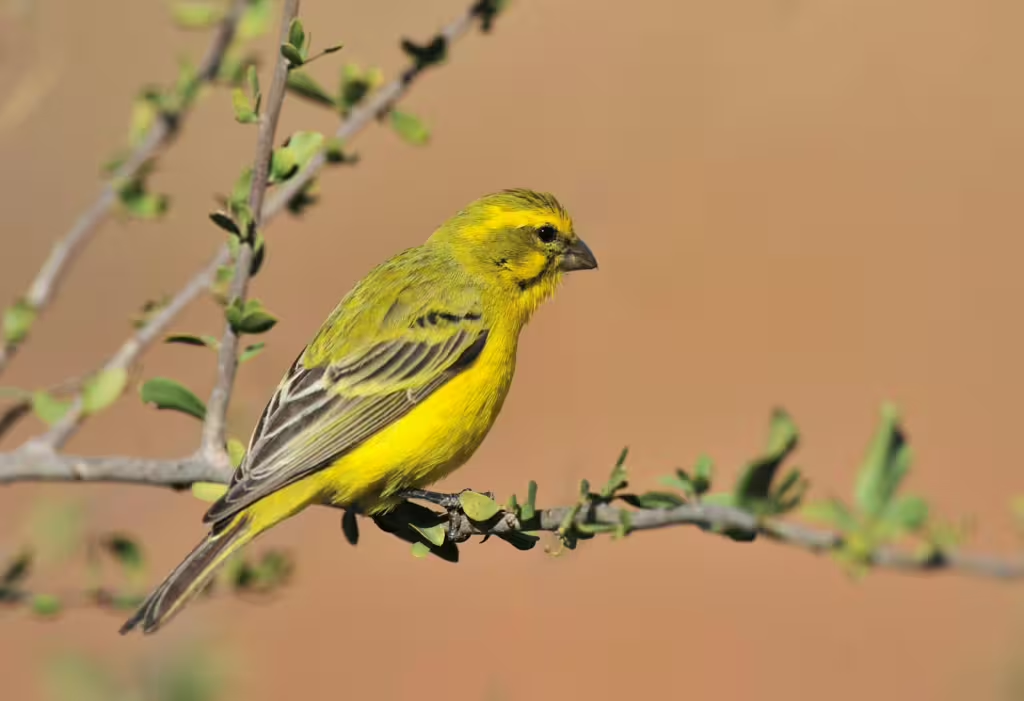
Darwin’s Finches and the Theory of Evolution
One of the most compelling examples of beak evolution in action is Darwin’s finches. This group of bird species is only found in one place on Earth; the Galápagos Islands. These finches exhibit a remarkable diversity of beak shapes and sizes, each suited to the specific dietary needs of the place in which they live. For example, while some species have large, powerful beaks for cracking seeds, others possess slender, pointed beaks for capturing insects.
Charles Darwin first observed these variations during his voyage on the HMS Beagle, and his discovery of their adaptations led to his formulation of the theory of natural selection. In his work, Darwin proposes that finches with advantageous beak traits were more likely to survive and reproduce, passing these traits to future generations. This concept became a cornerstone of evolutionary biology, demonstrating how species adapt to environmental changes over time!
True Investigator Says…
As you can see, birds are extraordinary examples of evolutionary adaptation, not just in their behavior, communication, and migration, but in their facial morphology! The sheer number of different beaks out there showcases how many different ecological roles that birds inhabit. From the powerful beak of the proud bald eagle to the snatching jaws of a waddling penguin, these structures enable birds to survive in every habitat on the planet.
By understanding the significance of these adaptations we can not only deepens our appreciation of avian species but also reinforce the importance of conservation efforts to protect them. Safeguarding these bird populations is essential for maintaining the health of our planet’s ecosystems, many of which we also inhabit. By ensuring biodiversity and preserving the delicate balance of nature, we are, in essence, helping ourselves survive as well.
Discover more from TrueInvestigator
Subscribe to get the latest posts sent to your email.
